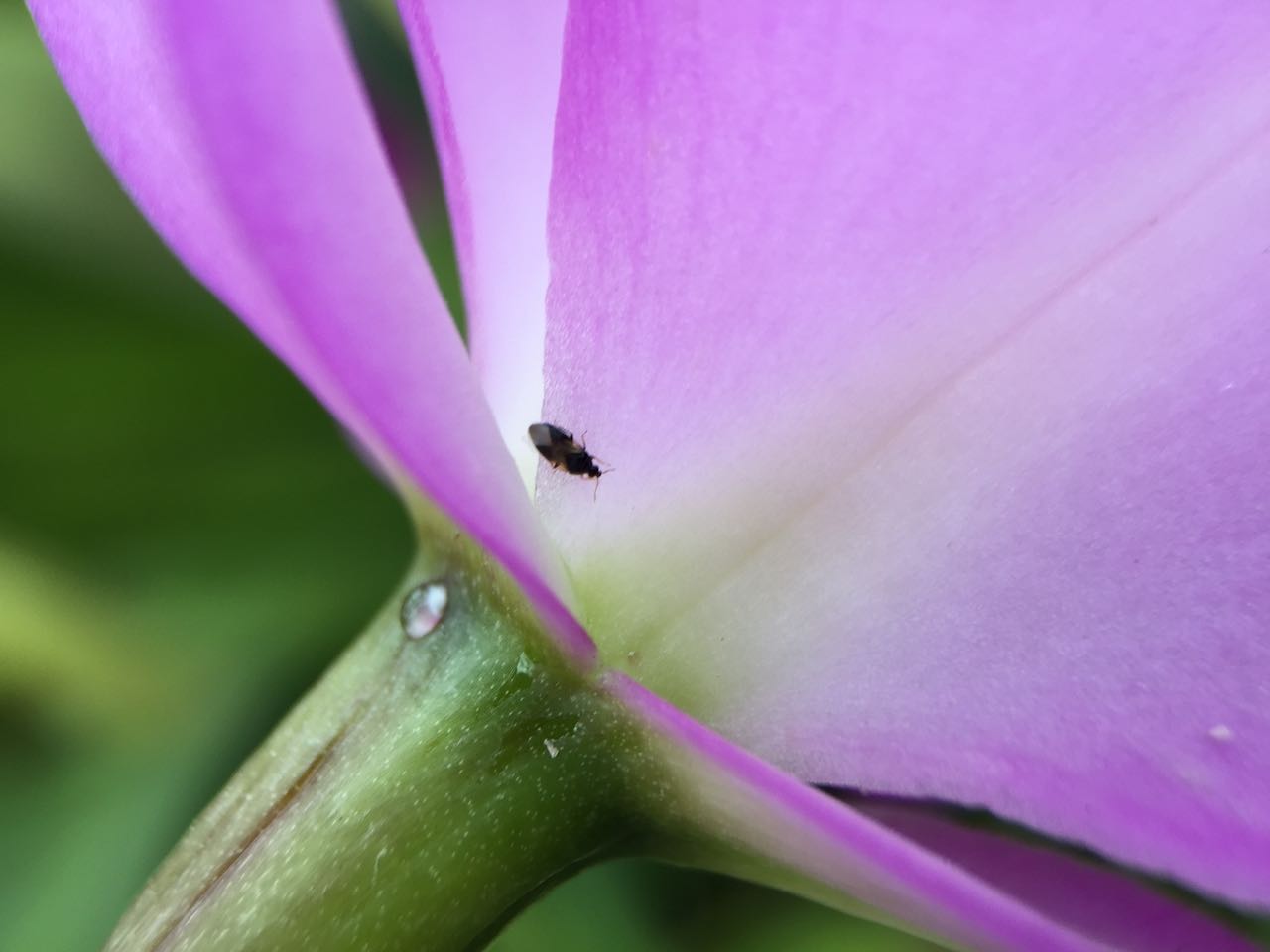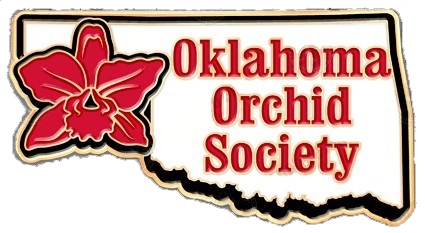Integrated pest management (IPM) is the use of various procedures to control pests, starting with those that have the least impact on the environment and, then, combining them with more aggressive procedures until control is attained. It includes the use of biological control agents (BCAs), i.e. insect parasites, predators, and disease-causing pathogens; cultural control, such as destruction of crop debris; mechanical control, such as screening of greenhouse ventilators; and lastly chemical control.
Several universities in the United States conduct research on IPM and publish information that can be adapted to the hobby orchid grower. A few university resources are listed below.
- Aggregated links to biological controls for greenhouse/interiorscape, University of Minnesota
- Biological Control: A Guide to Natural Enemies in North America, Cornell University
- Floriculture and Ornamental Nurseries IPM, University of California
- Greenhouse/Floriculture IPM, Rutgers, The State University of New Jersey
- Greenhouse IPM Program, University of Connecticut
- IPM Florida of Greenhouse Crops, University of Florida
Oklahoma State University Fact Sheets
- CR-6718 “Management of Insects and Mites in Greenhouse Floral Crops“
- E-1011 “Arthropod Pest Management in Greenhouses and Interiorscapes“
- EPP-7334 “Banker Plants for Control of Greenhouse Pests“
- HLA-6707 “Pesticide Use and Safety in the Nursery and Greenhouse“
- HLA-6710 “IPM in the Greenhouse Series: Integrated Pest Management in Commercial Greenhouses — An Overview of Principles and Practices“
- HLA-6711 “IPM — Scouting and Monitoring for Pests in Commercial Greenhouses“
Select BCA Suppliers
Although OOS offers no endorsement, a few US suppliers of biological control agents are listed below alphabetically.
Banner Image Fun Fact

Orius insidiosus on a Cattleya flower
Orius insidiosus, which has the common name “insidious flower bug,” is a species of minute pirate bug, a predatory insect that is considered beneficial, as it feeds on small pest arthropods and their eggs. Orius insidiosus uses its long rostrum (feeding tube) to pierce its prey and suck out their contents. It is an aggressive thrips predator, attacking and killing all stages of thrips, including the adults. It will feed on other pest species, too, including mites and aphids.
Some of the text about this image is from Wikipedia, and is available under the Creative Commons Attribution-ShareAlike License.
